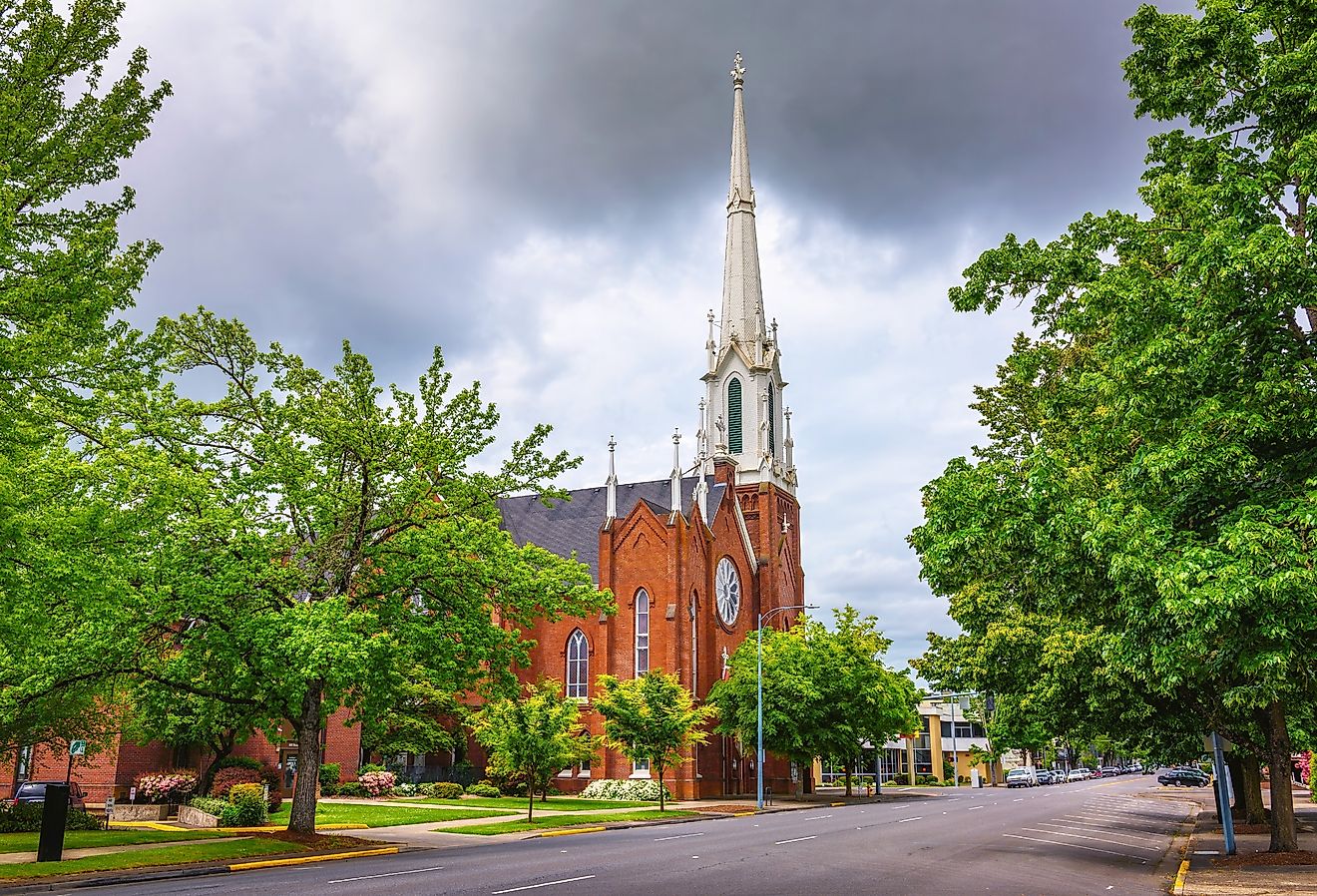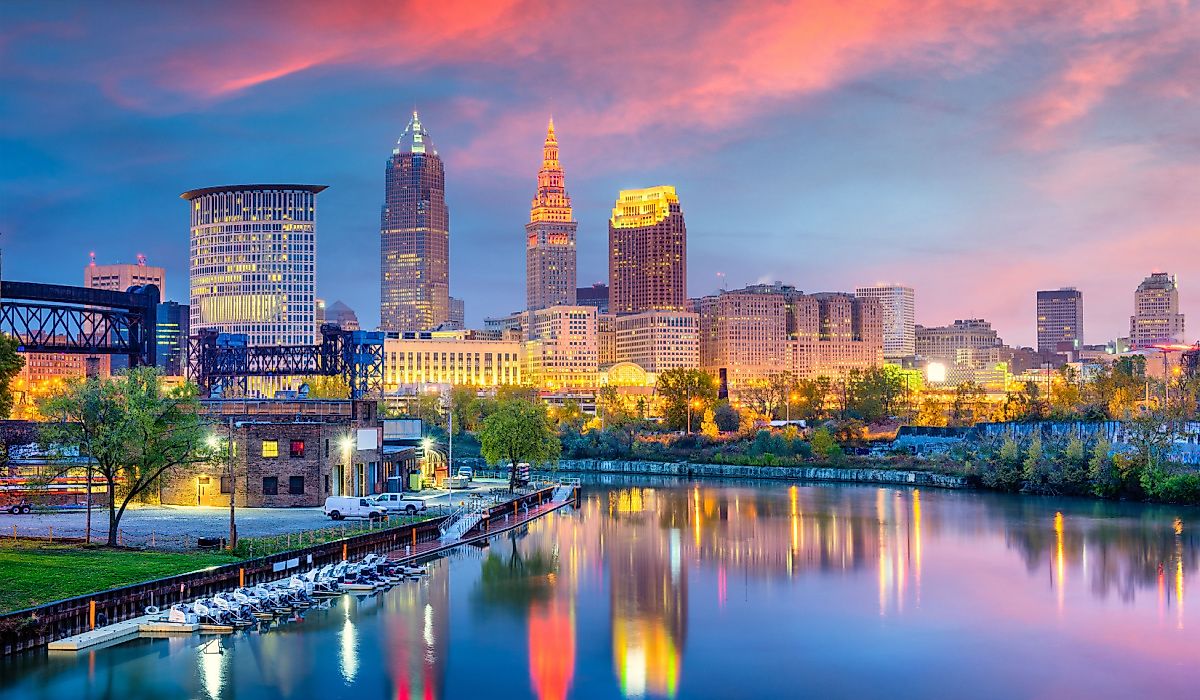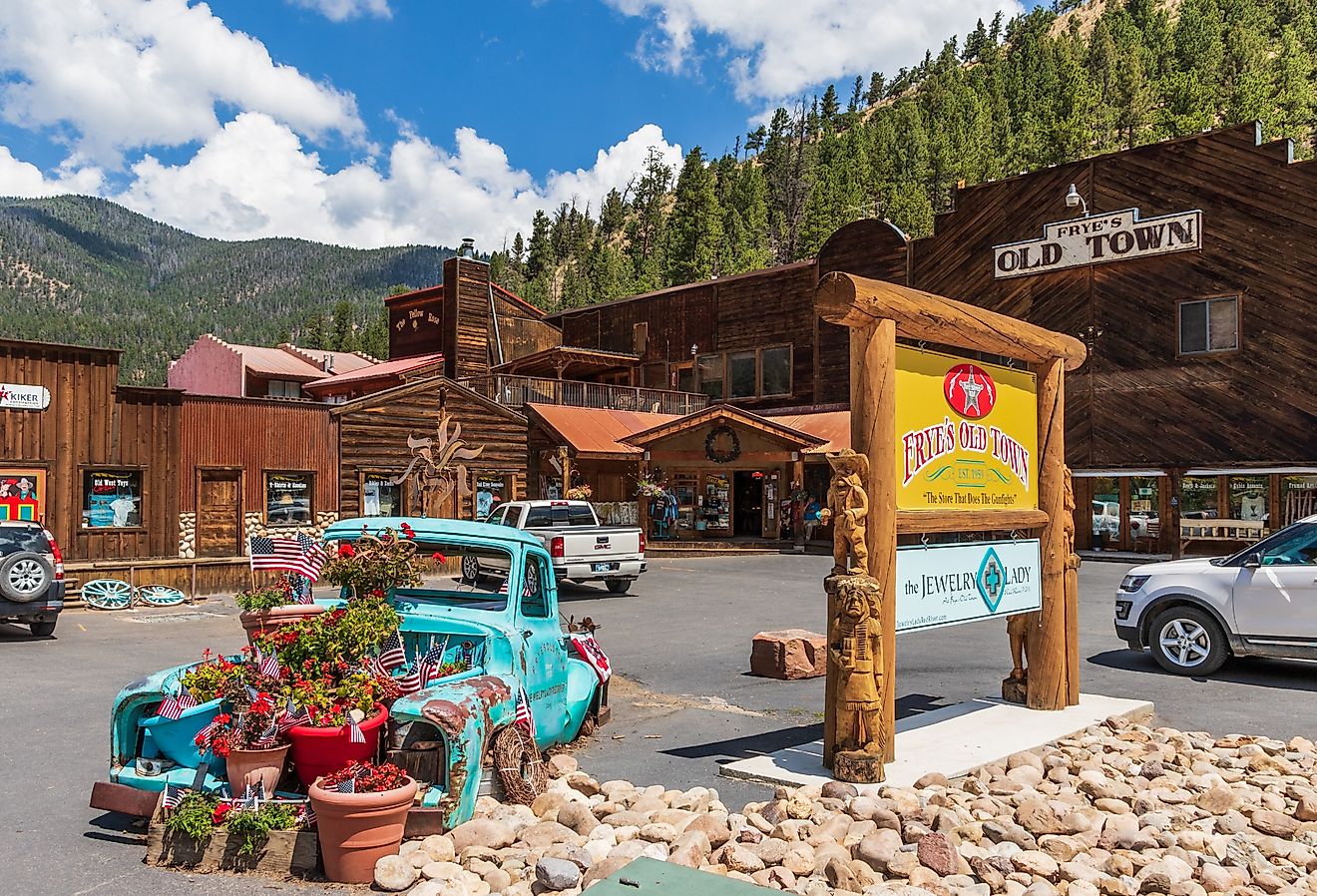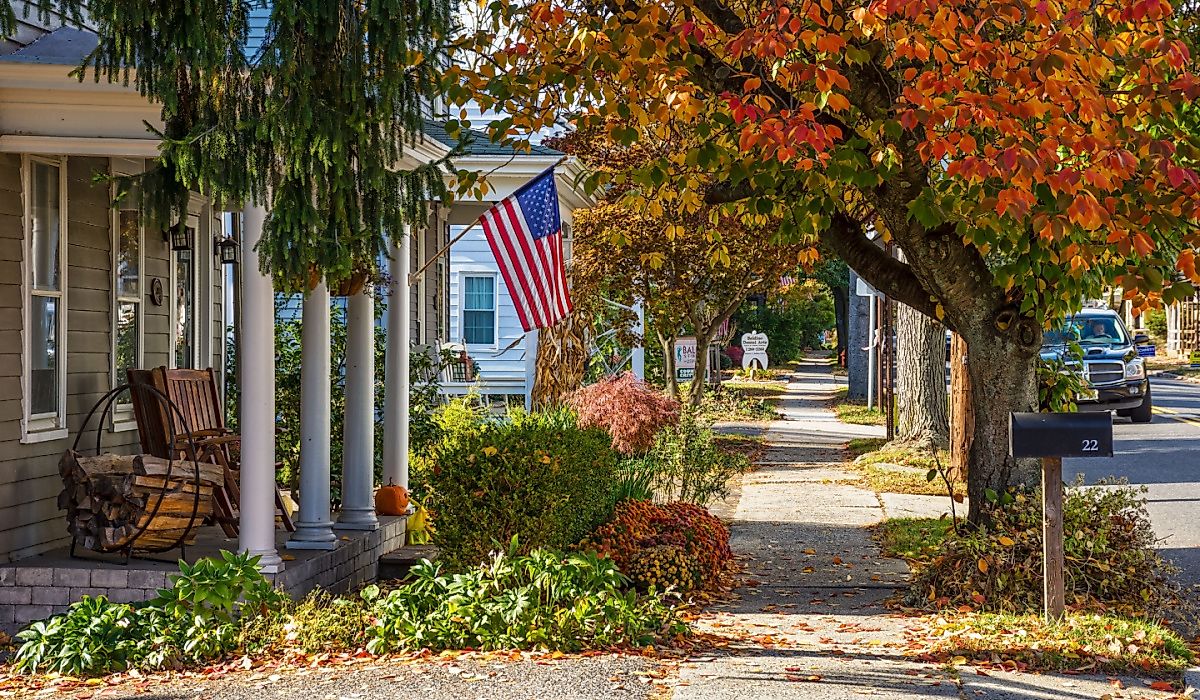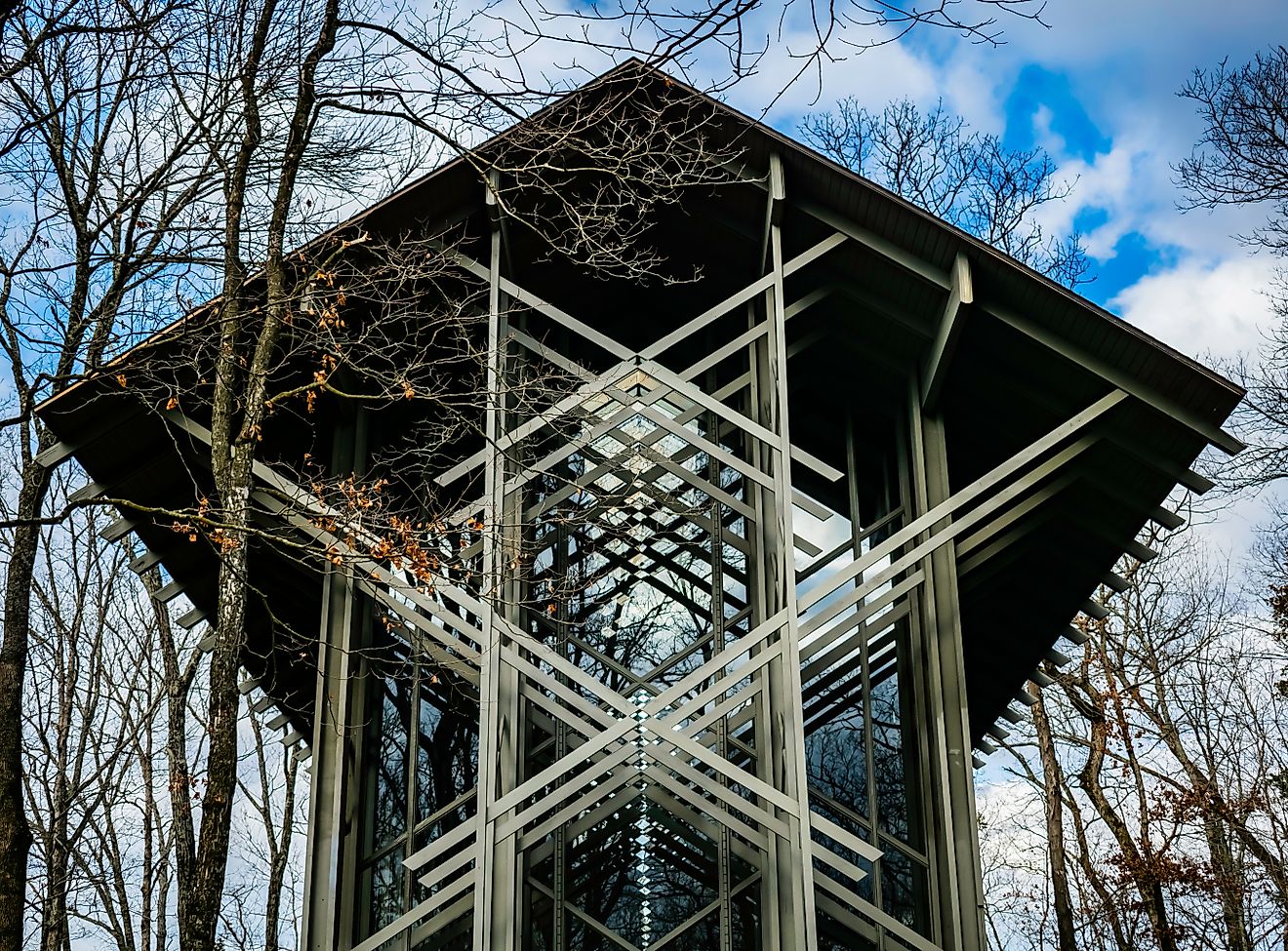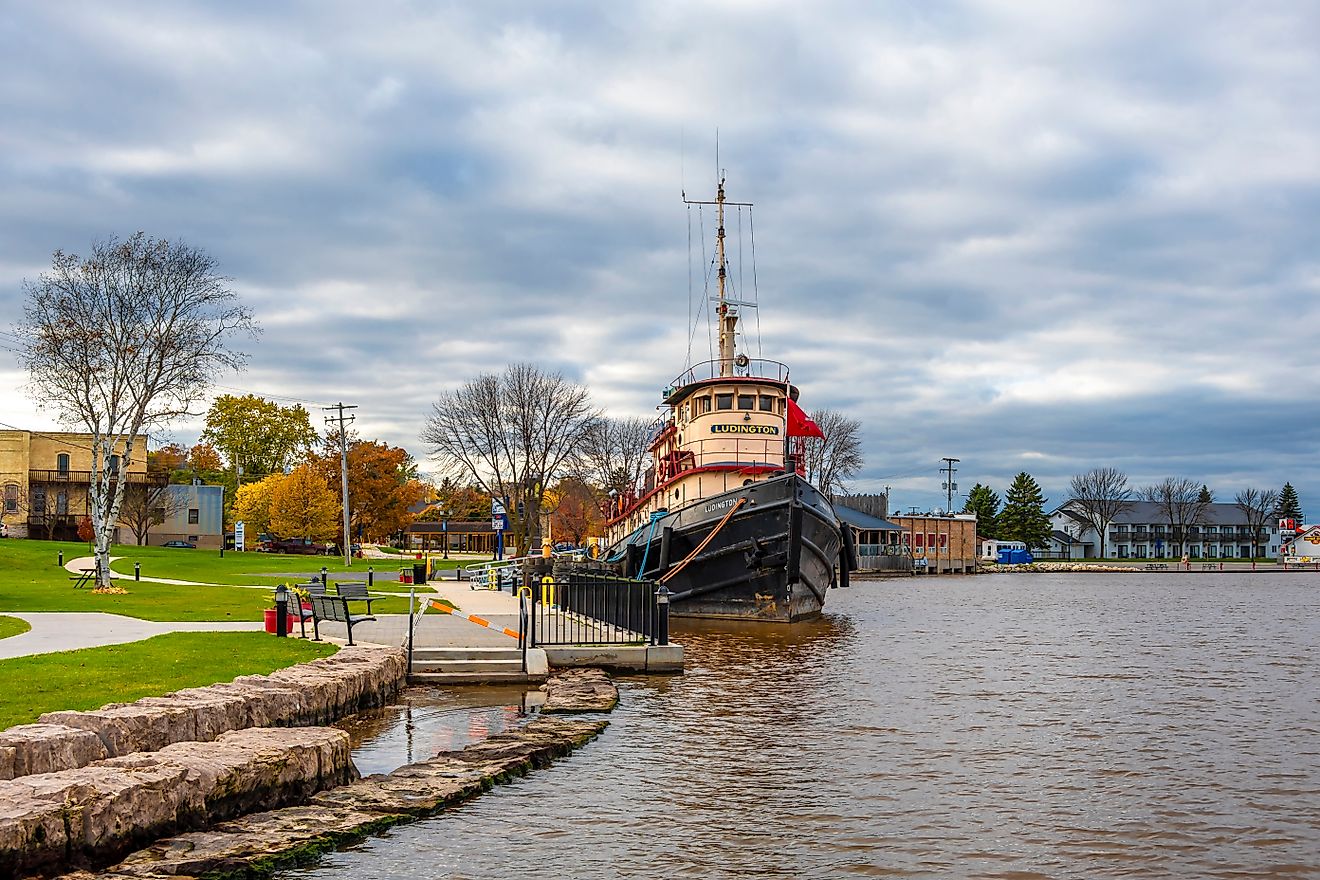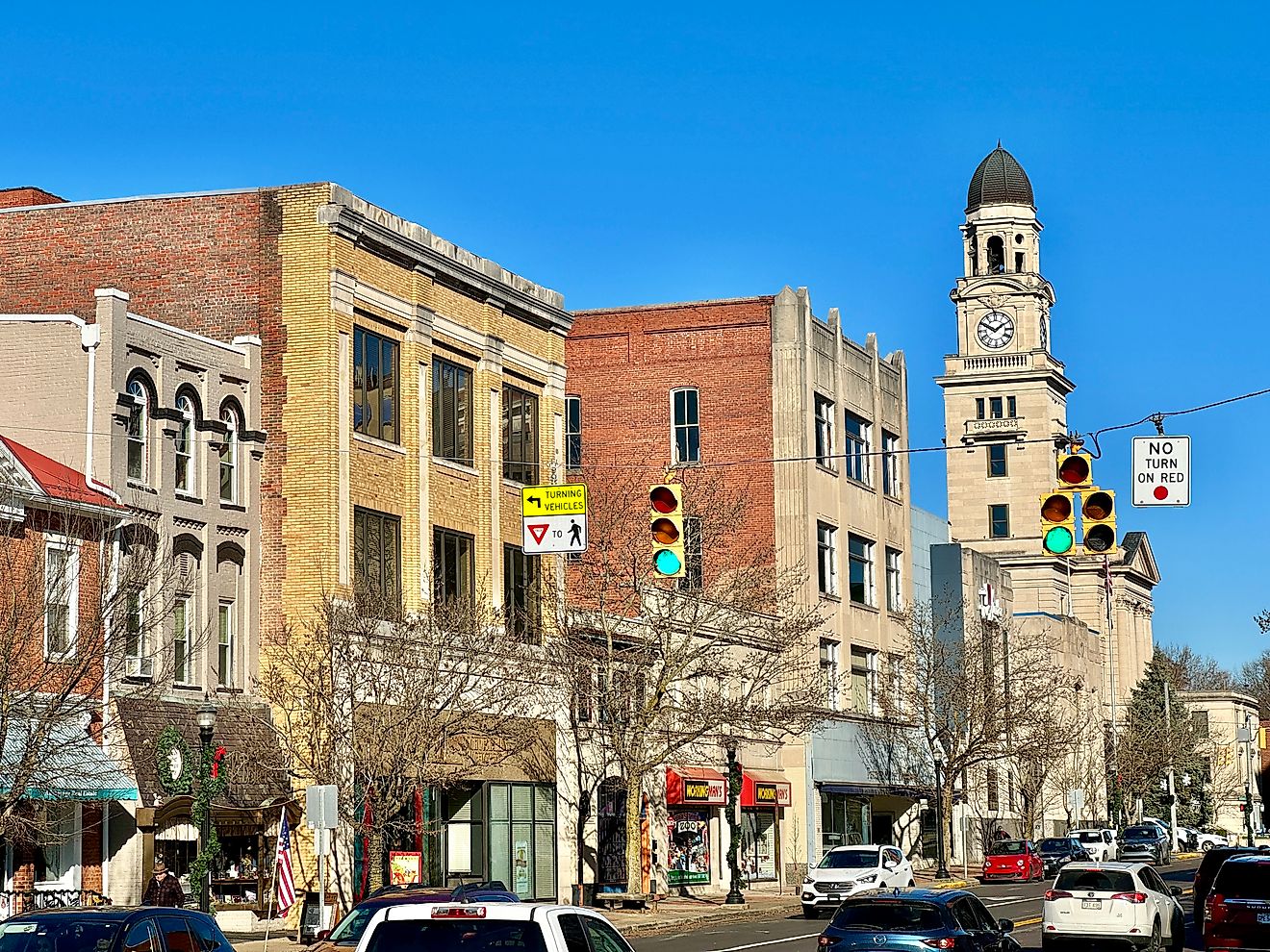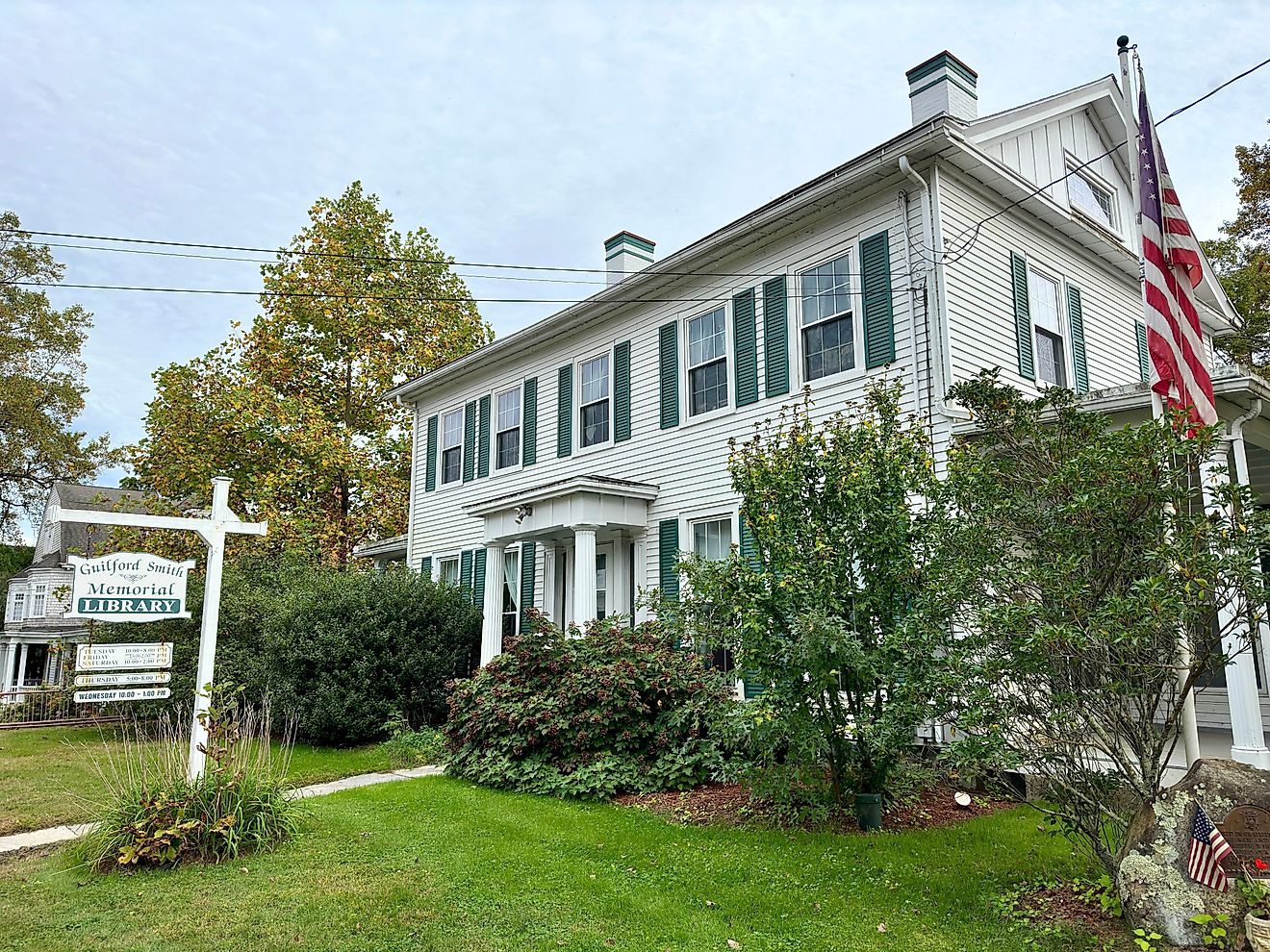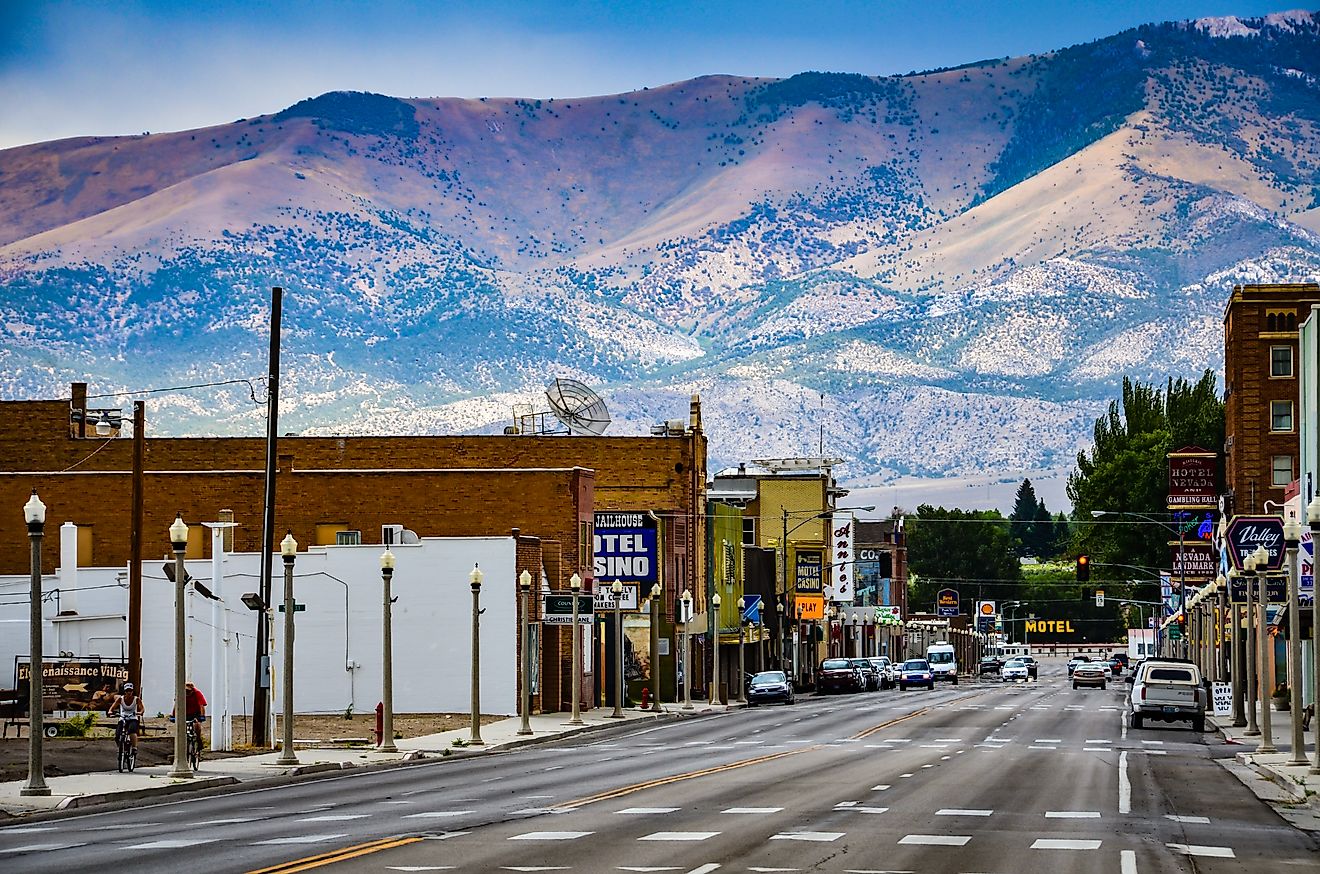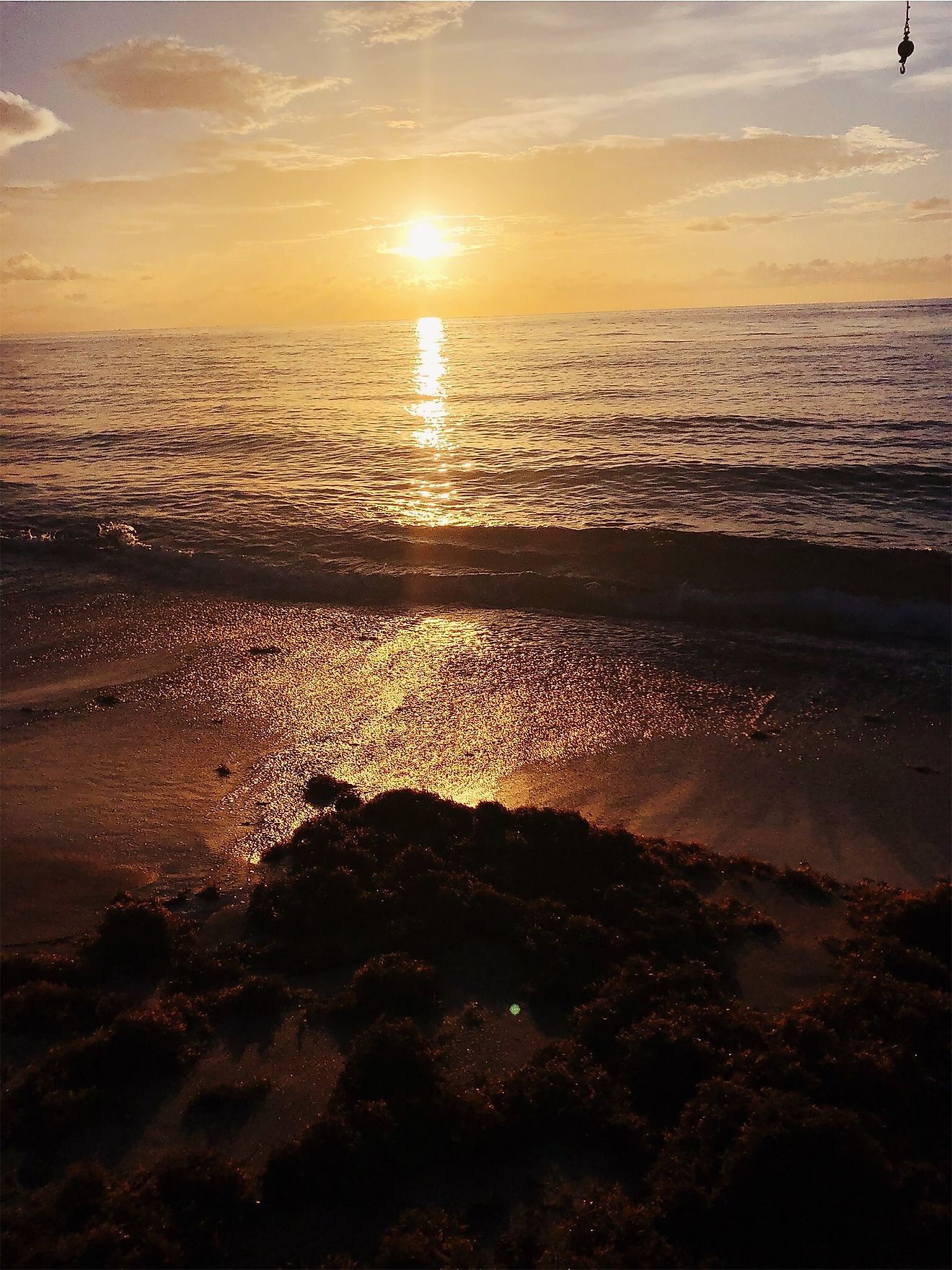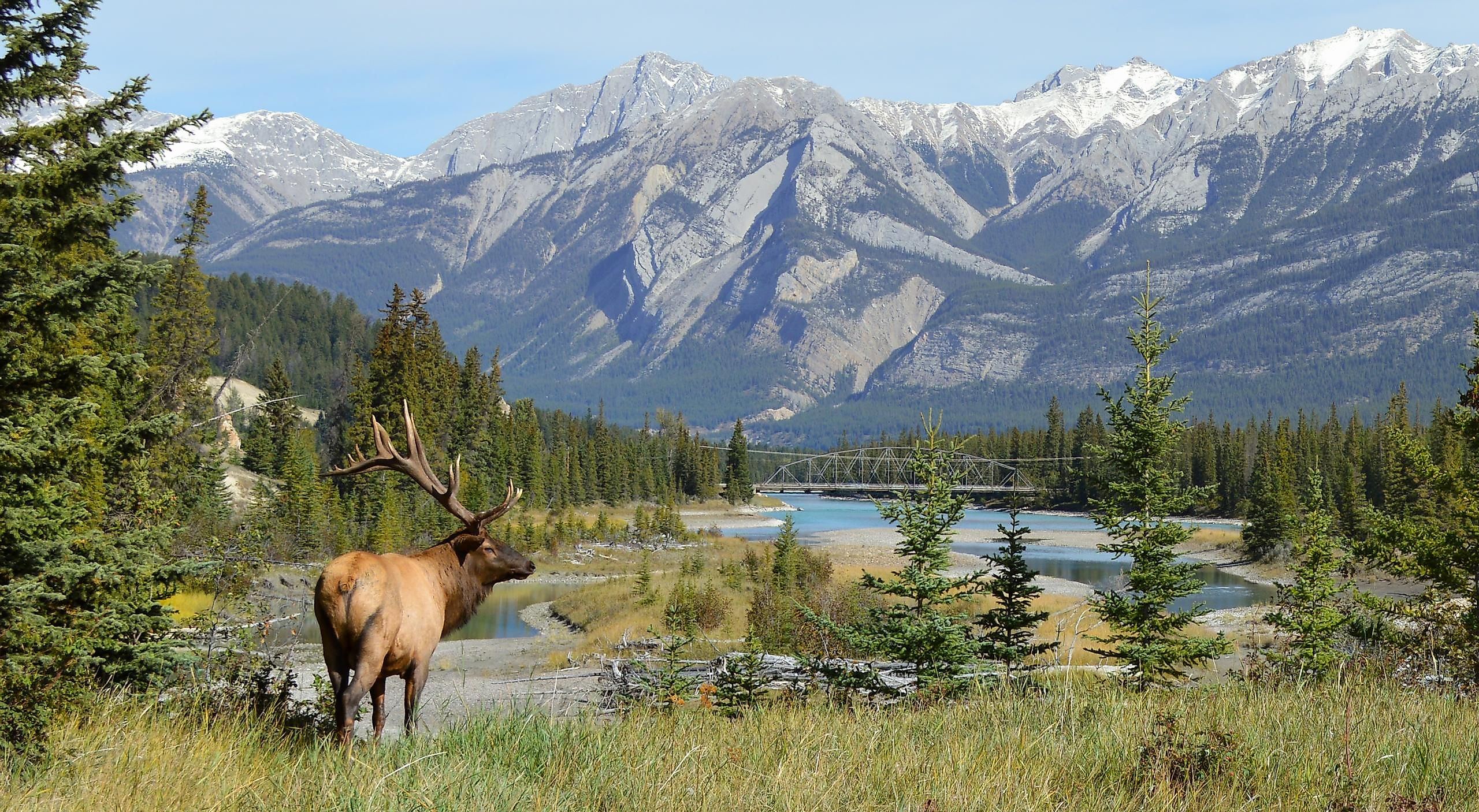
Jasper National Park, Canada
Covering an area of 9.98 million sq. km, Canada is the 2nd largest country in the world that occupies about two-fifths of North America. Several protected areas have been established by the government to conserve the rich natural heritage of this vast nation. At present, there are about 39 National Parks and 8 National Park reserves in Canada. The National Parks and Reserves of Canada are under the management of Parks Canada, an agency of the Government of Canada.
Canada is administratively divided into 10 provinces and 3 territories. The landlocked province of Alberta is situated in the west-central part (Prairie region) of Canada. Situated in western Alberta along the eastern slopes of the Rocky Mountains is the Jasper National Park. The Park occupies an area of 10,878 sq. km and is considered the largest national park in the Canadian Rockies. The Jasper National Park is located to the north of the Banff National Park and the west of the provincial capital city of Edmonton.
Contents:
Geography
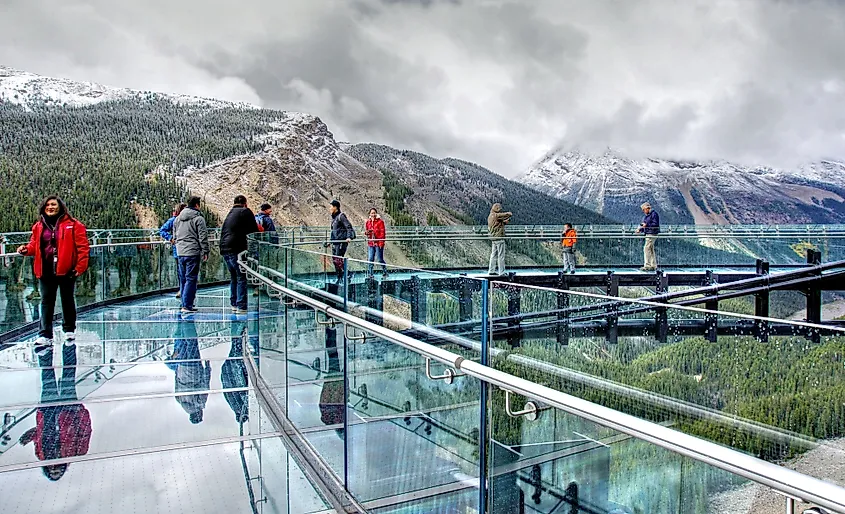
The Jasper National Park features scenic mountains, forests, river valleys, lakes, hot springs, canyons, waterfalls, and the glaciers of the Columbia Icefield. The mountains in the Jasper National Park form ranges that run parallel to one another in a northwest to southeast direction. The main ranges of the Canadian Rockies are the highest which also form a part of the Continental Divide. Located in the Jasper National Park in the Winston Churchill Range of Canadian Rockies is Mount Columbia, which rises to an elevation of 3,747m and is the highest point in Alberta and the Jasper National Park. The main ranges in the park are composed of sandstone, shale, limestone, and quartzite. Located in the eastern part of the main ranges are the Front Ranges of the Rocky Mountains, which occupy a major part of the Jasper National Park. Situated on the boundary between the Canadian Provinces of Alberta and British Columbia, in the southern part of the Jasper National Park is the Columbia Icefield – the largest icefield in the Rocky Mountains. Major rivers that originate in the National Park include the Athabasca River and the Smoky River.
There are several other scenic attractions in the Jasper National Park such as Mount Edith Cavell, Medicine Lake, Tonquin Valley, Pyramid Mountain and the Pyramid Lake, Miette Hot Springs, Maligne Lake, Athabasca Glacier, Athabasca Falls, etc. There are more than 990km of hiking trails in the park and numerous outdoor recreational activities like hiking, kayaking, rafting, camping, fishing, etc are offered by the park for its visitors.
Climate
The Jasper National Park experiences a ‘continental climate’ with short, warm summers and long, cold winters. July is the warmest month with average temperatures around 22.5°C, while January is the coldest month with a minimum temperature of about -7°C.
Flora And Fauna
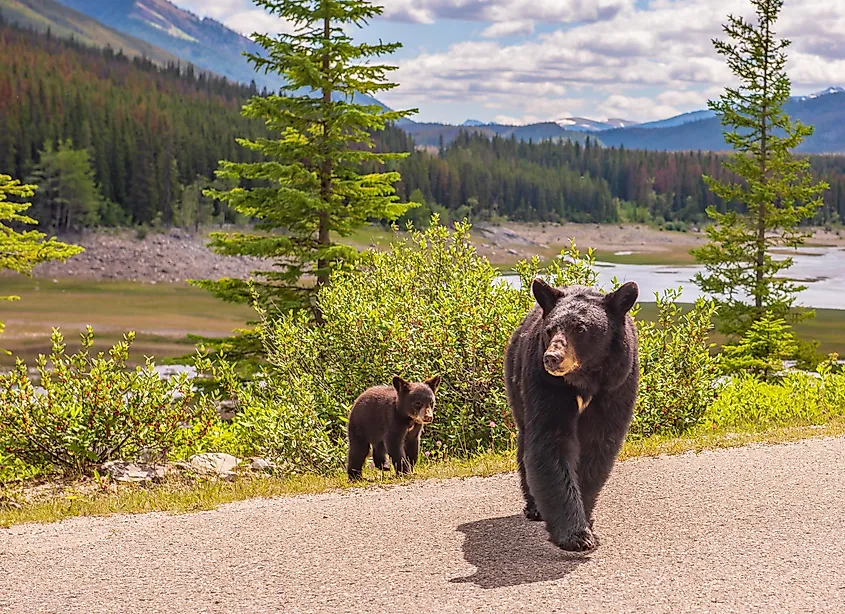
The vegetation in the valleys of the park includes plants like white spruce, lodgepole pine, and shrubs like wild rose and buffaloberry. Plants like subalpine fir, grouseberry, Englemann spruce are found in the subalpine regions, while dwarf birch and mountain avens are found in the alpine regions. Some of the notable faunal species that are found in the Jasper National Park include moose, caribou, mule deer, elk, red fox, lynx, white-tailed deer, marten, mink, beaver, grizzly bear, mink, mountain goat, black bear, bighorn sheep, cougar, wolverine, etc. Several resident and migratory bird species have also been recorded here including bald eagles, great horned owls, Bohemian waxwings, Clark’s nutcrackers, white-tailed ptarmigans, evening grosbeaks, etc.
Brief History
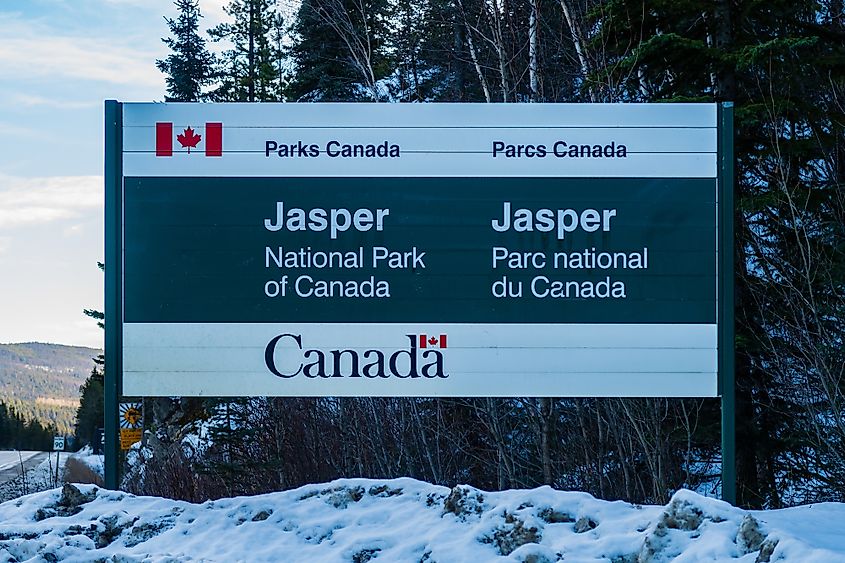
The British-Canadian surveyor David Thompson first visited the Athabasca Valley in 1810. The North West Company built a trading post in the region in 1813. On September 14, 1907, a “Forest Park” was established and was named “Jasper Forest Park” after Jasper Hawes, who operated a trading post for the North West Company in the region. The Grand Trunk Pacific Railway reached the erstwhile town of Fitzhugh by 1911. The town of Fitzhugh was eventually renamed Jasper in 1913 and the road connecting Jasper and Edmonton was opened in 1928. With the promulgation of the Canada National Parks Act, the “Jasper Forest Park” was granted the status of a national park and was rechristened as the “Jasper National Park” in 1930. The Jasper National Park forms a part of the Canadian Rocky Mountain Parks, which was designated as a UNESCO World Heritage Site in 1984.
